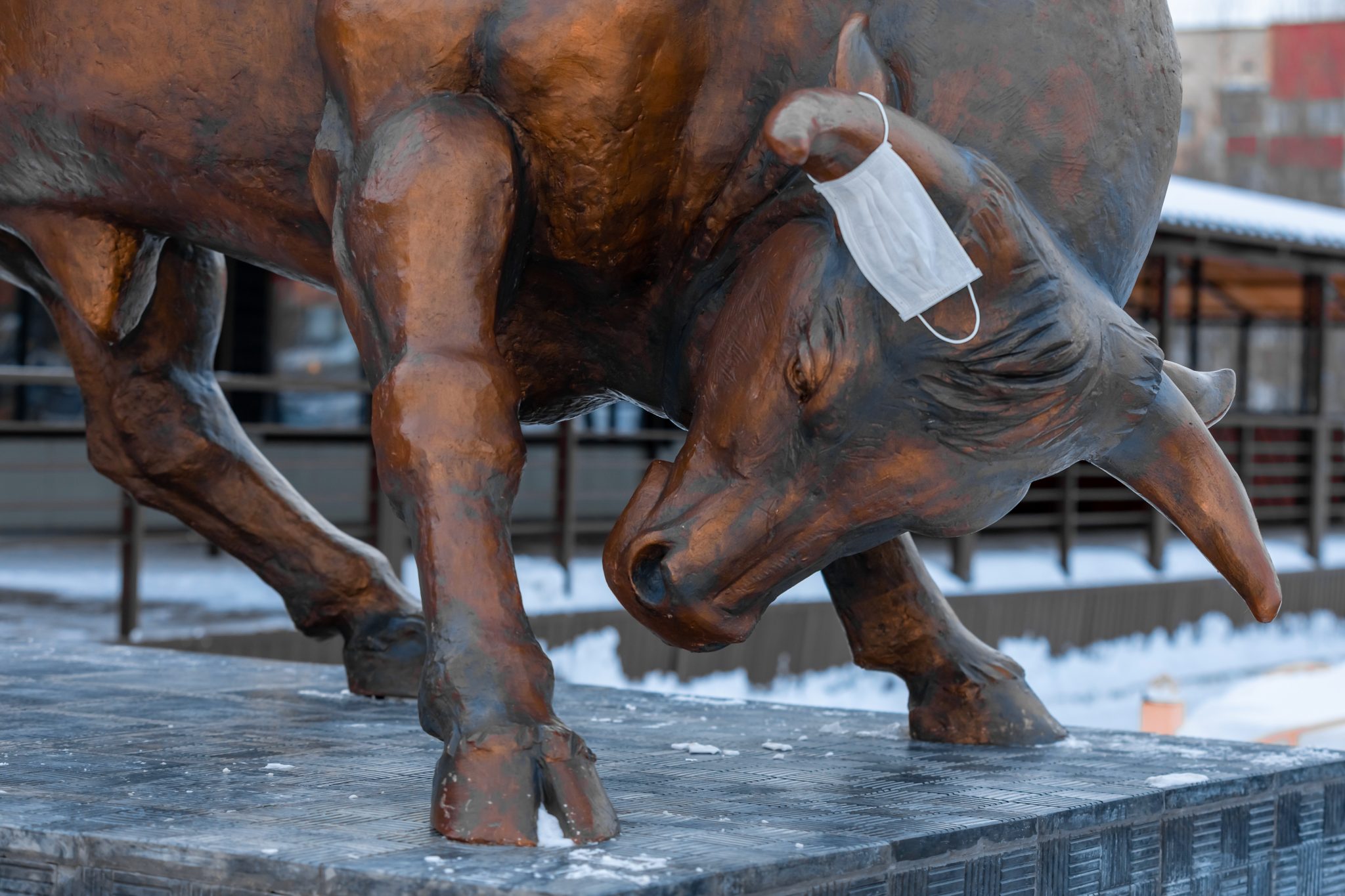Have the markets gone mad? After the COVID crash – prompted by the “Great Shutdown” rather than than the pandemic itself – markets have recovered their vim. As Bloomberg’s Sarah Ponczek tweeted: “The fastest plunge ever turned into the quickest 50-day advance in nine decades.”
It doesn’t seem to matter how bad the bad news is. Unprecedented drops in GDP? No problem! Historic spikes in unemployment? Who cares? Second wave of infections? Buy, buy, BUY!
This behavior is partly driven by algo-traders: programs trained to automatically execute specific strategies based on real-time news and events they hoover up via sophisticated web crawlers. Eventually, fundamentals will take over – as will the trail of economic devastation wreaked by COVID-19.
Given these potentially imminent shocks, it’s more critical than ever for portfolio managers to be ready; they should adjust their risk measures and benchmark allocations accordingly. The question is how to do this when historical data seems all but irrelevant?
As it happens, this is precisely where combining machine learning techniques with a Monte Carlo simulation interrupted by shocks and their consequences comes in handy. While the traditional approach to risk measurement works well enough in stable market conditions, it can be extremely deceptive when the probability of tail events increases.
For example, our scenario analysis shows there’s a 1% probability equity markets will drop 30% in one quarter, and up to 50% within a year. BBB-rated credit spreads over Treasuries could triple in one quarter, and quadruple in a year. This is very much in line with multiple warnings that massive defaults are coming. Armed with this data, there are three things you should do:
First, analyze the realistic distribution of portfolio outcomes, i.e. what is the full range of portfolio outcomes associated with all these scenarios
Second, identify the main asset segments that contribute to tail risks.
And finally, reverse-engineer the scenarios that led to adverse outcomes and create a contingency plan to pre-empt unacceptable losses.
One this is done, you’re ready to optimize – overlaying multiple, scenario-dependent management (reallocation) actions, and selecting the strategies that give you the best combinations of multiple objectives. For example, you could specify that you want to maximise your return on investment; and that your portfolio value never falls below a certain level; and that net cashflow remains positive; and that the funded status (for pensions) or Risk Based Capital (RBC or solvency capital) remains above the needed threshold.
Knowing your possible scenarios enables you to figure out whether your expectations are achievable, and what needs to give if they aren’t. There may be no rational reason for the markets’ summer madness, but at least you’ll be prepared for every eventuality.
